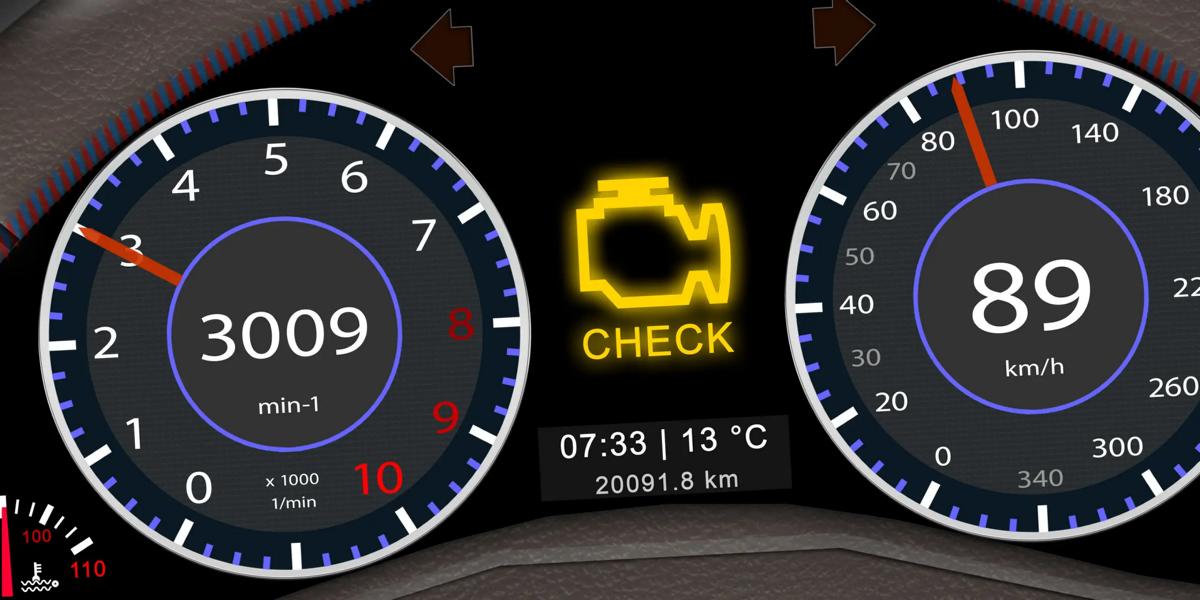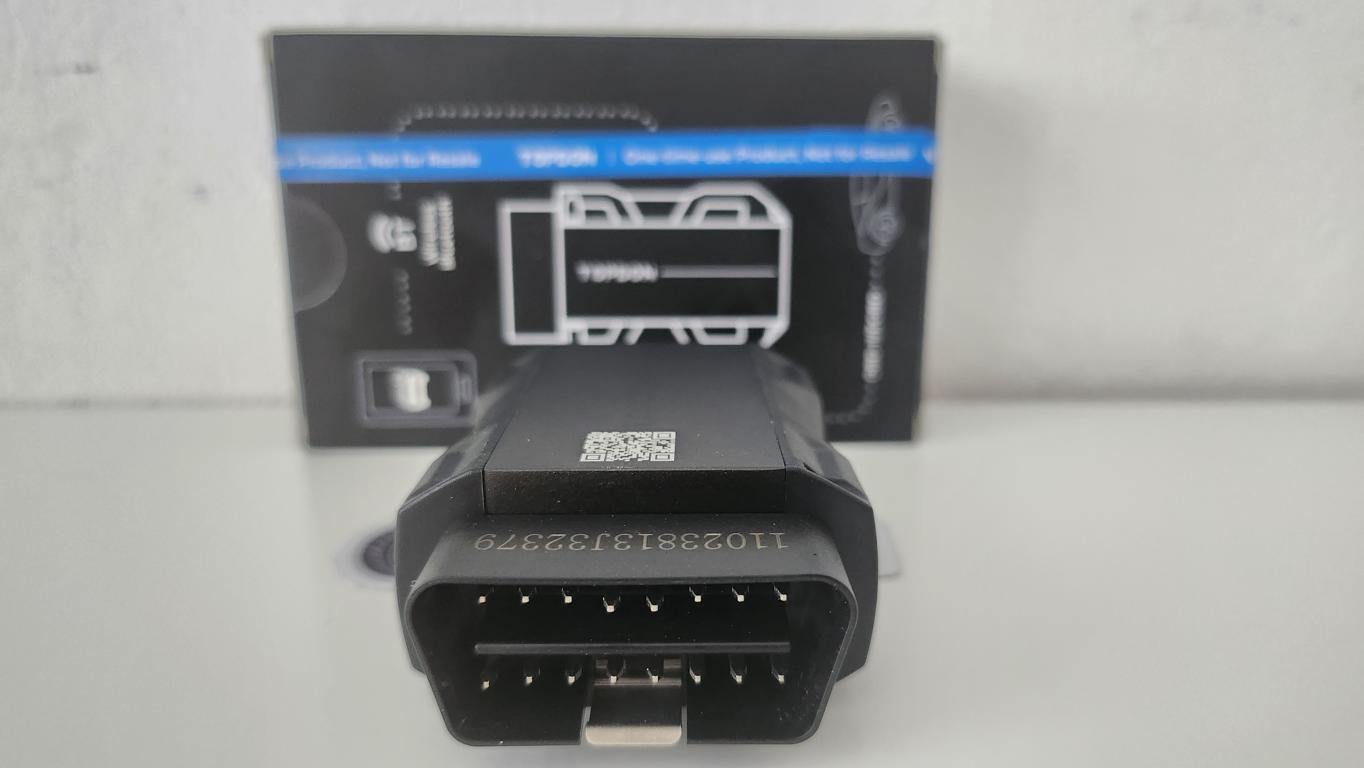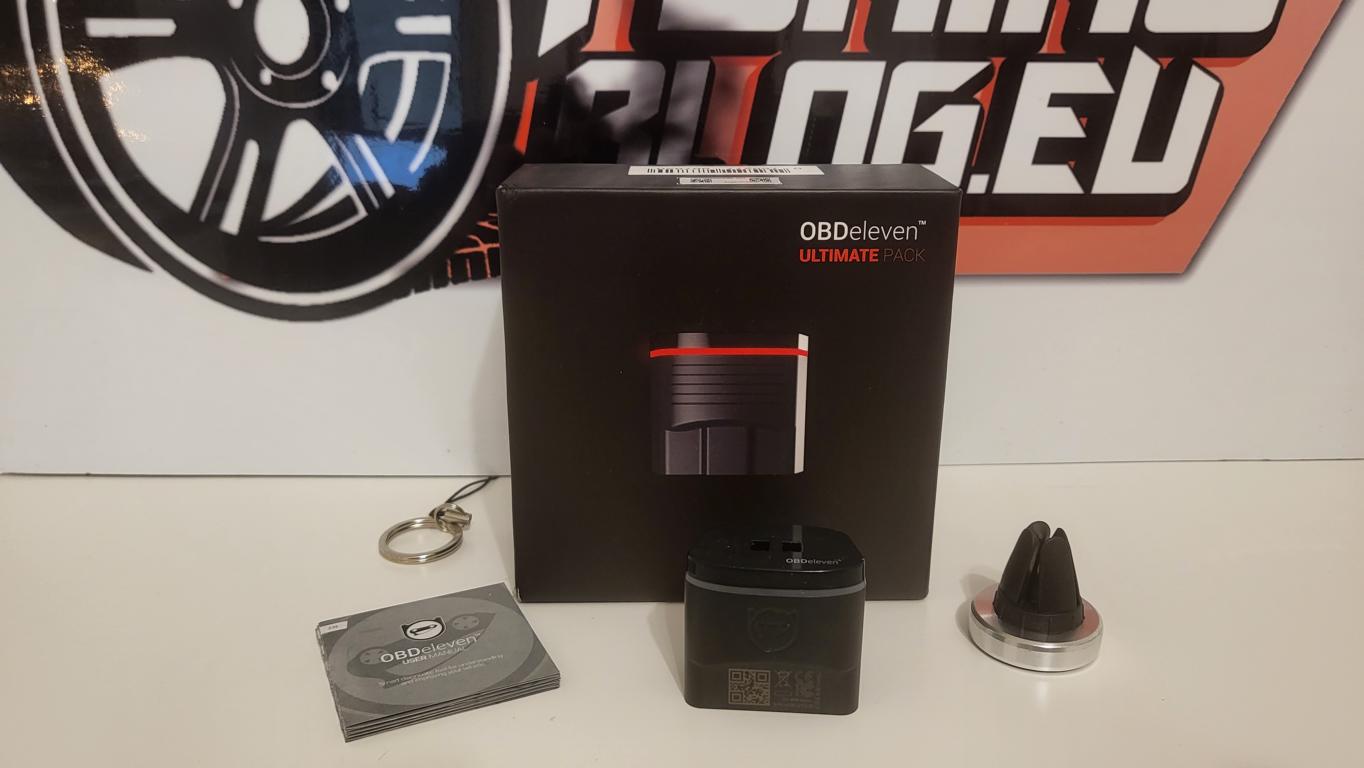Seeing any engine warning light come on when driving can give you a panic attack. But a blinking engine light takes it to a whole new level. Unlike a solid warning light that can indicate anything from a loose gas cap to a major engine issue, a blinking engine light usually signals an urgent issue. Specifically, it means that one of your vehicle's key components is failing and immediate action is needed.
What Your Blinking Engine Light Means
When your check engine light blinks instead of remaining steady, it means that the onboard diagnostics system (OBD) has detected an engine misfire. This occurs when fuel isn't getting combustion due to a failed spark plug or faulty ignition coil. A blinking engine light is most likely signaling one of the following issues:
- Bad ignition coil
- Failed spark plug
- Faulty fuel injector
- Vacuum leak
- Damaged catalytic converter
The blinking light is essentially an emergency flare telling you to stop driving immediately. This is because an engine misfire can quickly escalate to permanent engine damage. Most blinking situations indicate an existing hardware breakdown or need for repair. Let's explore why it happens and what you need to do when your engine light is blinking.
What To Do When Your Engine Light Blinks
First and foremost, safely pull over and shut off the engine as soon as you notice a blinking engine light. A blinking light when idling or decelerating likely indicates faulty ignition coils or spark plug issues. However, if the light blinks while accelerating, the underlying cause may be more serious like catalytic converter failure. Regardless of the specifications, driving any further with a blinking engine light can severely damage engine components. You'll also want to avoid revving or putting any load on the engine until you've had it inspected and any issues resolved.
Here are the key steps to take when facing a blinking engine light emergency:
Get Your Vehicle Towed If it's impossible or unsafe to immediately pull over when you notice your blinking engine light, drive cautiously at reduced speeds only until reaching a safe stopping location. Turn off your vehicle and make arrangements to have it taken to a professional mechanic. Never drive far distances with a blinking engine light. Diagnose the Underlying Issue The next step is having your vehicle properly diagnosed to pinpoint what's causing the blinking light. A technician will use an onboard diagnostics (OBD) scanner to check trouble codes, analyze misfires, and identify any powertrain issues triggering the blinking engine light warning. This step is crucial before any repairs take place.
Complete Necessary Repairs Once the root cause of the blinking engine light is found via diagnostic testing, the necessary repairs can be completed. This may involve replacing spark plugs, repairing faulty ignition coils, or even replacing components like oxygen sensors or catalytic converters if damage has occurred. Approve and complete all needed repairs so the blinking light problem is resolved for good. Clear Error Codes Finally, make sure the mechanics clear all error codes from your vehicle's OBD computer system after repairs are finished. This should turn off your blinking check engine light. Road test the vehicle to confirm everything is working properly before heading out again.
What Blinking Engine Lights Indicate
There are two possible culprits that stem from very different issues:
- Ignition Misfires The most common cause of a blinking check engine light is an ignition misfire. This occurs when there is an issue sending electric sparks to your engine's spark plugs which ignite fuel combustion. Misfires stem from faulty spark plugs, bad wiring or issues with other ignition components. Driving with repeat misfires can cause catalytic converter failure and other internal damage.
- Emissions System Issues The other possible blinking engine light cause relates to your vehicle's emissions system. Specifically, it could signal that your catalytic converter is overheating from an underlying exhaust issue. This part controls pollution levels by converting engine exhaust into safer compounds. Excess unburned fuel being dumped into a catalytic converter can elevate temperatures past safe operating ranges, which triggers emergency flashing lights.
When to Service Your Blinking Engine Light
Never ignore a blinking check engine light, as driving with it left on can lead to permanent powertrain damage. Schedule an auto shop visit as soon as possible whenever this warning light blinks. While not always signaling catastrophic issues, a blinking light indicates that existing problems are worsening. In almost all situations, it's unsafe to operate a vehicle with a blinking engine light until proper repairs can be made. Consider the blinking engine light an SOS signal to have your car or truck towed and assessed straight away. Taking immediate action when you notice this warning sign can allow mechanics to rescue your ride and prevent further damage.
Frequently Asked Questions About Blinking Check Engine Lights
What's the difference between a solid and blinking engine light? A solid check engine light indicates less urgent issues ranging from a loose gas cap to faulty oxygen sensors. A blinking light conveys emergency-level alerts linked to ignition, fuel or emissions misfires that risk permanent engine damage if left unchecked. Is it safe to drive with a blinking check engine light? Never drive distances with a blinking engine indicator light. Safely pull over immediately once notifying it comes on. The blinking warnings of existing engine misfires or catalytic converter failures when dangerous exhaust temperatures are reached.
Driving with these issues risks damaging spark plugs, O2 sensors and other internal components. Can a blinking engine light turn itself off? While it's possible for a blinking light to briefly turn off by itself at times, this doesn't mean issues are resolved. Any reappearance of blinking engine lights or diagnosis codes needs professional diagnosis. Avoid assuming problems have mysteriously fixed themselves, as damage can still be accruing inside unseen. Does the check engine light blink in any pattern? Most blinking check engine lights simply flash consistently in one-second intervals. However, some older car models had lights that flashed certain numerical trouble codes.
Monitoring blink patterns can provide insight on the type of sensor or cylinder misfires occurring before official diagnoses. Generally though, modern vehicles just have randomly blinking indicators. Will a blinking engine light pass inspection? Never attempt passing vehicle inspection or emissions testing while a check engine light blinks. The light conveys the car is operating outside acceptable parameters. States even grant testing exemptions for flashing engine lights due to the implied drivability and safety issues. Schedule repairs first before attempting any regulatory or mandatory testing.
Protect Your Vehicle Once Blinking Engine Light Repairs Are Made
Getting to the shop quickly when facing blinking check engine light distress can prevent simple spark plug issues from cascading to catalytic converter meltdowns or worse fates. While repairs may seem costly if engine components require replacing, this outweighs entirely new engine installations. Consider adding protective products like fuel injector cleaners during fill ups or regular tune ups to detect issues before warning lights even appear. And should those dreaded blinking lights ever flare up again, you now know to safely pull over and call the tow truck for immediate diagnostics and relief. Taking swift action stays true to your vehicle's warning cry for help. Monitor those engine vitals so when every light blink matters, both you and your car come out driving safely on the other side.
 tuningblog.eu Your magazine about tuning the car
tuningblog.eu Your magazine about tuning the car


